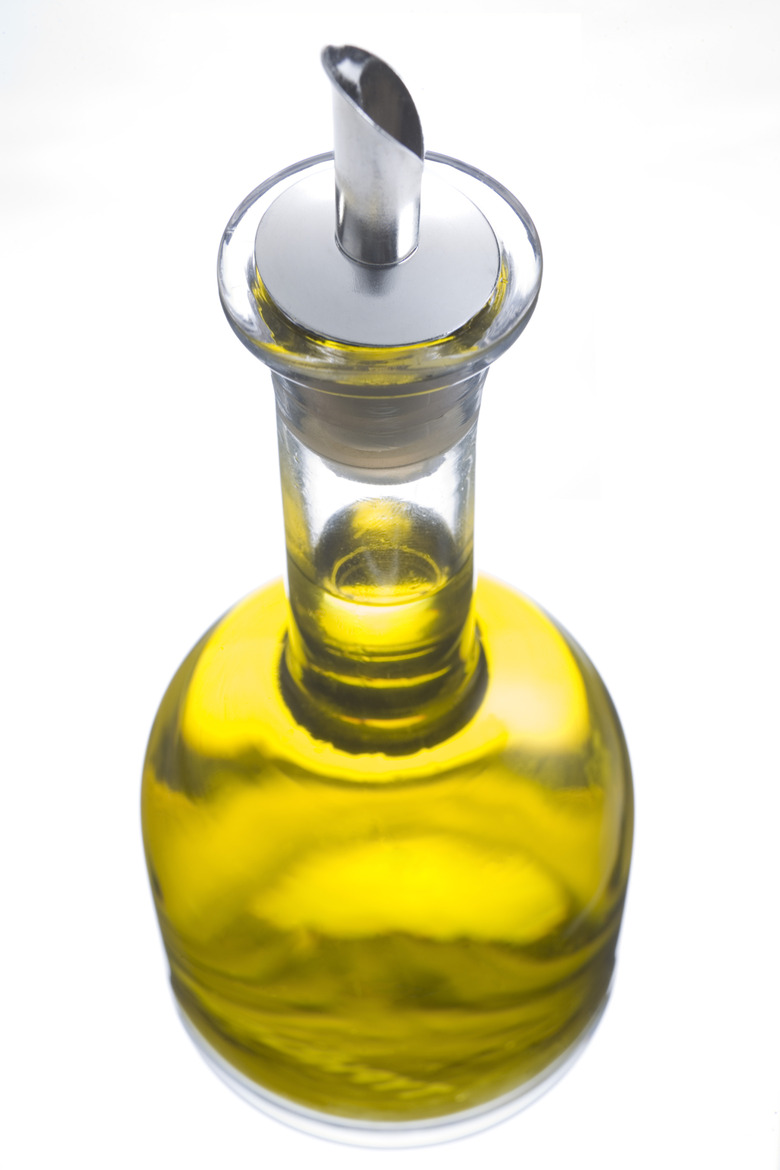What Is A Micelle In Biochemistry?
A micelle is stable formation of amphipathic molecules, or molecules that have a polar head and a nonpolar tail. Polarity is the factor that determines whether a molecule interacts with or runs away from water. A micelle, then, is a spherical structure in which the nonpolar tails of amphipathic molecules hide on the inside and are shielded from water by the polar heads that line the outside. Micelles have important roles in fat and vitamin absorption in the intestine.
Micelles: The Inside Story
Micelles: The Inside Story
Multiple types of molecules can form micelles. The general properties of these molecules include a polar head region and a nonpolar tail region. Polar molecules like to interact with water, since water molecules are also polar. Nonpolar molecules run away from water and do what they can to hide from it. The molecules that form a micelle hide their water-fearing tails in the middle of the spherical micelle, which is shielded by an outer shield of polar head regions. Micelles can be made of fatty acids, soap molecules and phospholipids.
Spherical Formation
Spherical Formation
Molecules that have water-fearing tails and water-loving heads are called amphipathic molecules. They can form bilayers that sandwich the tails in the middle, or they can form spherical micelles. Phospholipids are amphipathic molecules that contain two water-fearing tails. Because two tails are present, overcrowding would be caused in the micelle formation. Thus phospholipids prefer to form bilayers. Fatty acids, however, have only one water-fearing tail, so forming a micelle is easier and more stable for them.
Fat Absorption
Fat Absorption
The intestine is where fat is digested into monoglyerides and fatty acids. Micelles play important roles in the absorption of these two types of molecules. Micelles that form from these molecules flow to the surface of the cells that line the intestine. Micelles are constantly breaking and reforming, so when they break apart near the surface of the intestinal cell, the cell can absorb the fatty acids and monoglycerides. Since fatty acids and monoglycerides are nonpolar, they just diffuse through the cell membrane. Micelles also carry vitamins and cholesterol from digested food to these intestinal cells.
Critical Micelle Concentration
Critical Micelle Concentration
Fatty acids don't readily form micelles until a certain concentration of fatty acids is present in a solution. Once the number of fatty acids reaches a concentration known as the critical micelle concentration (CMC), they will begin forming micelles. Above the CMC, adding more fatty acids will result in the formation of more micelles. Below the CMC, fatty acids prefer to form a layer at the surface of the water in which the water-fearing tails point up into the air and the water-loving heads stand on the water.
Cite This Article
MLA
Ph.D., David H. Nguyen,. "What Is A Micelle In Biochemistry?" sciencing.com, https://www.sciencing.com/micelle-biochemistry-17102/. 24 September 2018.
APA
Ph.D., David H. Nguyen,. (2018, September 24). What Is A Micelle In Biochemistry?. sciencing.com. Retrieved from https://www.sciencing.com/micelle-biochemistry-17102/
Chicago
Ph.D., David H. Nguyen,. What Is A Micelle In Biochemistry? last modified March 24, 2022. https://www.sciencing.com/micelle-biochemistry-17102/
